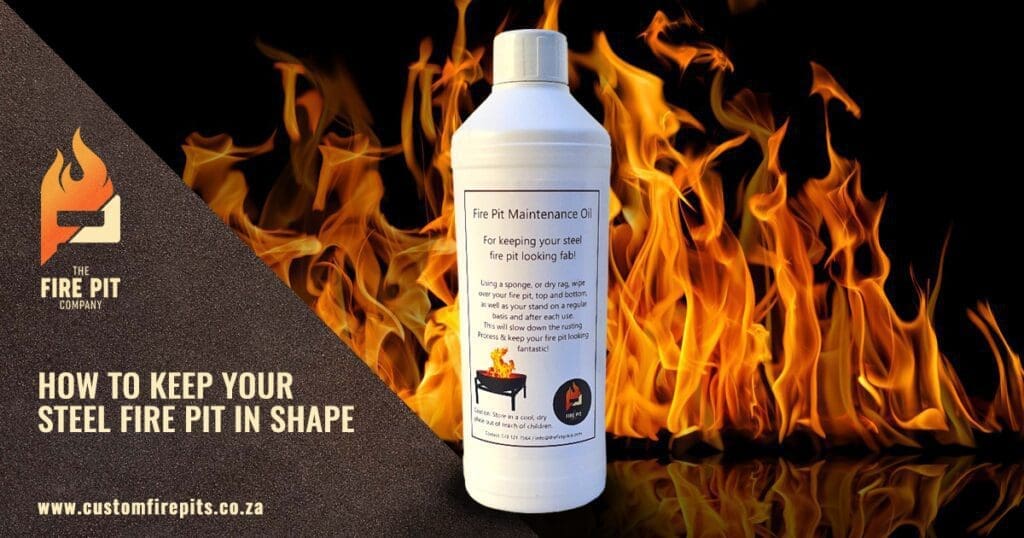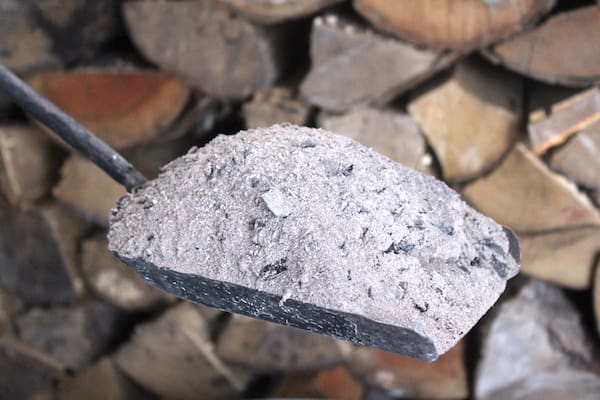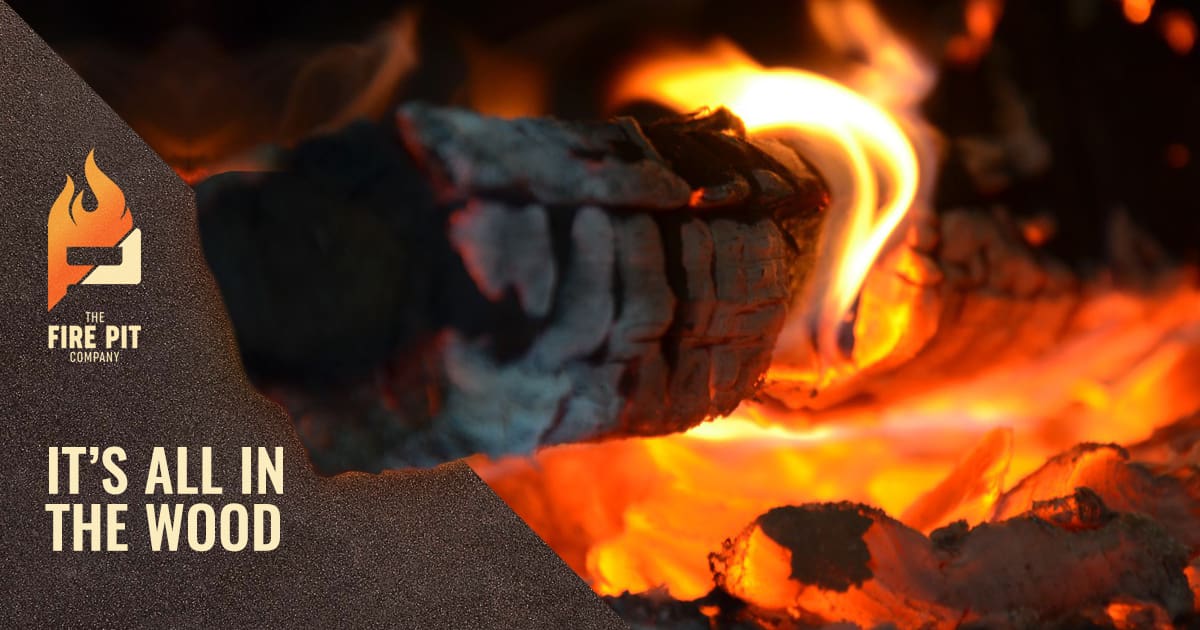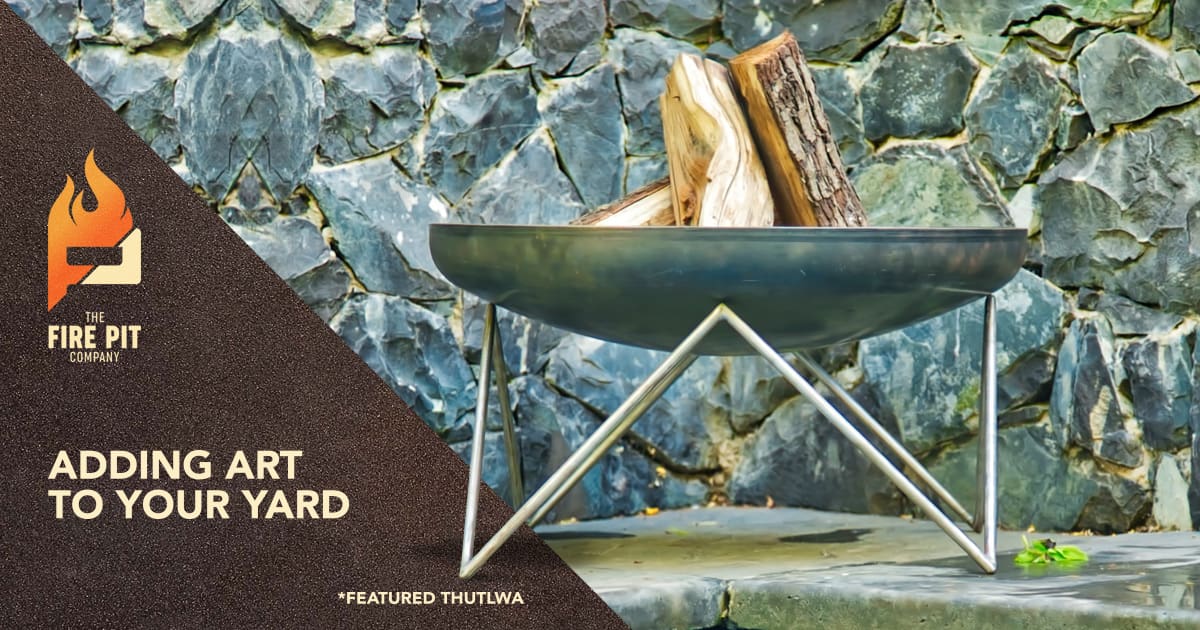The key to maintaining your fire pit in good stead is:
REGULAR CLEANING AND REGULAR OILING!
The Fire Pit Company has just launched its own Maintenance Oil which is a must for any Fire Pit Owner.
How to clean & maintain your Steel Fire Pit
- Remove all ash and debris after each burn – don’t let the ashes accumulate as this promotes rust, because the ash soaks up moisture vapor in the surrounding air, and this moisture reacts to the metal of the fire pit to create rust.
- Dust regularly with a soft, dry cloth. Do not use coarse abrasive powders, metallic scourers, silver or brass cleaners. Steel is not rust proof and should not be wiped down with a damp cloth, unless wiped down with a dry cloth immediately after.
- Oil your Fire Pit Regularly! You should oil your pit after each burn and around once a week, especially in the rainy season when the elements are on high attack. This will help to reduce the rust built up on your fire pit and keep it looking fabulous and shiny.
Things to avoid in your Fire Pit
- Burning plastic in your fire pit – The plastic will melt and become very difficult to remove. Plus, the burning of plastic can result in toxic fumes.
- Avoid lighter fluid at all costs! Aside from the risk of bodily harm and property damage it poses, lighter fluid may damage the finish on your fire pit. It’s doubtful any noticeable damage will occur after just one or two uses of lighter fluid. Nonetheless, it’s best to err on the side of caution by avoiding lighter fluid altogether, in the event of long use damage.
- Avoid dowsing flames with water – Allow it to burn out naturally. The rapid change in temperature will cause your fire pit to weaken or crack. If you’re in a hurry, you can use sand to extinguish the flames. Sand will smother the fire and won’t affect the surface of your fire pit. Make sure to clean the sand out before using your fire pit again.
Awesome uses for your Fire Pit Ash!
Garden Fertilizer
Wood ash is an excellent source of lime and potassium for your garden. Not only that, using ashes in the garden also provides many of the trace elements that plants need to thrive.

Boost Compost
A small amount of wood ash can help give compost piles a boost and result in it being markedly healthier. Stick a hand into the middle of the pile, and you’ll come out with a palm full of hard-working worms actively converting everything into nutrient-rich compost.
Change the pH of the soil
Wood ashes will raise the pH and lower the acid in soil. Because of this, you should also be careful not to use wood ashes as fertilizer on acid loving plants like azaleas, gardenias and blueberries.
Pest Control
Slugs & snail repellent
The salt in the wood ash will kill bothersome pests like snails, slugs and some kinds of soft bodied invertebrates. To use wood ash for pest control, simply sprinkle it around the base of your plants that are being attacked by soft bodied pests. If the ash gets wet, you’ll need to refresh the wood ashes as the water will leach away the salt that makes wood ashes an effective pest control.
Ant Repellent
Placing a pile of wood ash on top of an ant hill gives them notice that they need to move their nest. It won’t kill the nest, but they will have to pack up and relocate, which works great for relocating ants’ nests away from kids play areas, plants and patios.

Cockroach Repellent
Spreading a bit of ash in dark corners of the house or under appliances will keep roaches out. Their hard, outer shell doesn’t stand up well to wood ash, and it’ll keep them from setting up shop in your house.

Protecting Beehives from ants
Generally, bees are capable of defending their own hives from intruders, but with all the challenges they currently face, most hives are in a slightly weakened state. They can take all the help they can get! Make circle of ash around a beehive to help deter ants.

Hide stains on paving
Absorb wet paint spatters on cement by sprinkling ash directly on the spot; it blends in with a scuff of his boot.
De-skunk pets & Flea Repellent
A handful rubbed on ‘Fido’s’ coat neutralizes the lingering odour.
You may have heard of using diatomaceous earth on pets to kill fleas naturally. Wood ash works the same way. The tiny particles in the ash leave micro cuts on the hard-bodied fleas, which causes them to dry out and die.

Control pond algae
One tablespoon per 1,000 gallons adds enough potassium to strengthen other aquatic plants that compete with algae, slowing its growth. Since wood ash contains micronutrients that plants need to thrive, it can also help strengthen aquatic plants. The potassium in wood ash can boost rooted aquatic plants in a pond, making them better able to compete with algae.
Pump up tomatoes
For the calcium-loving plants, add a 1/4 cup right in the hole when planting.

Shine silver
A paste of ash and water makes a dandy nontoxic metal polisher. Just dampen a towel and add a bit of wood ash before working some tarnished silver.
Stove Glass Cleaner
Adding a bit of water to a small amount of wood ash creates an effective stove glass cleaner. Let the mildly abrasive wood ash scrub the soot off the glass so you can enjoy watching the fire all winter long.
Cloudy Headlights Cleaner
Make a rubbing paste from wood ashes and remove clouded headlights on a vehicle.
Desiccant
Wood ash can be used to absorb humidity and help prevent moist areas from developing mould. Place a cup of wood ashes in a damp cupboard or basement room. Again, small chunks of charcoal left in the ashes help for this purpose.
Wood Ash Toothpaste
Some varieties of wood create an ash that serves as a natural whitener in homemade toothpaste. The toothpaste, well actually, most recipes that use wood ash to whiten teeth are technically a tooth powder, typically has a very pleasant taste. Ash from some trees are not suitable for homemade tooth powder, conifer trees, in particular, are far too astringent and can actually damage tooth enamel.
The potassium hydroxide (lye) present in wood ash can help get rid of plaque while whitening teeth. Daily use of wood ash for an extended period of time has caused tooth enamel damage, regardless of the type of tree that was used as firewood, in some individuals.
The ash from soft wood is most often used when creating this type of homemade tooth powder. To make a wood ash tooth powder, simply combines equal parts of the ash with any one or more of the following: baking soda, orange peels, lemon peels, turmeric, cinnamon, anise, cloves, activated charcoal, bentonite clay, xylitol, and calcium carbonate.
Pour the ingredients into the blender and hit pulse for about 30 seconds. Dip a dampened toothbrush into the powder and brush your teeth as you would with commercially manufactured toothpaste.
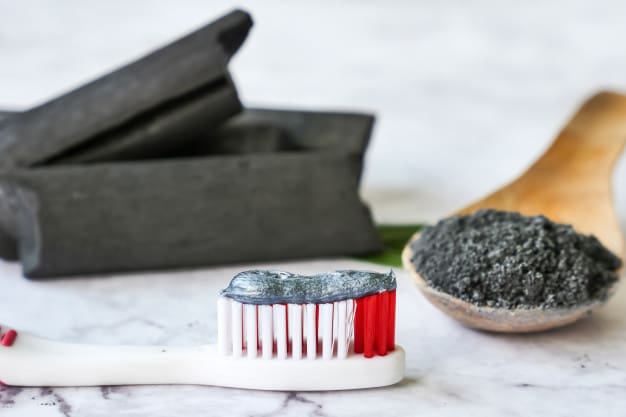
Natural First Aid
Wood ash has long been regarded as a bacteria killer that can also enhance the healing process of wounds and burns. Mix together equal parts lye water and liquid soap and the apply liberally to the wound to cleanse the area.
Stain Remover
Wood ash can also be mixed in a two to one-part ratio with warm water to create a stain removing paste. Gently wipe the paste on the stain, on clothing or furniture and allow it to set for approximately five minutes before wiping away the paste.

